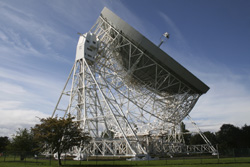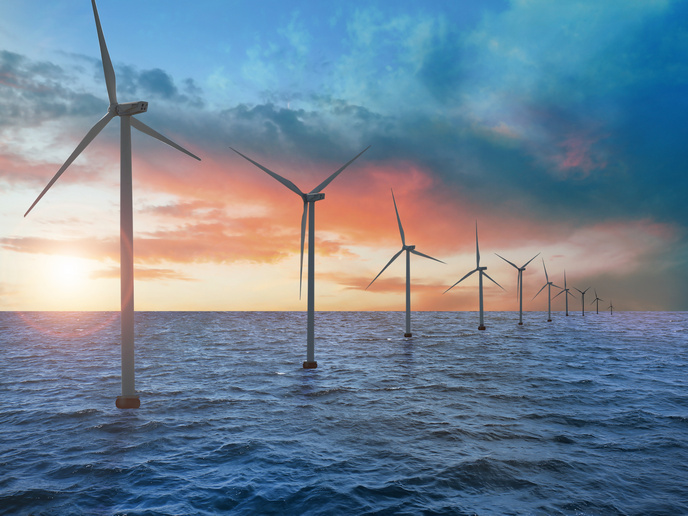Coordinated astro research
At the crossroads of different disciplines, including particle physics and cosmology, astroparticle physics is a field of research that studies the structure of the Universe at its smallest and largest scales. In recent years, technological developments have lead to significant breakthroughs in this field. The high-energy gamma ray telescopes are one such example. These enable observations at very-high–energy cosmic rays and help to conduct direct dark matter search experiments. Ongoing advances in neutrino telescopes and gravitational wave antennas will lead to further discoveries. Until a few years ago, small teams funded nationally were able to pursue pioneering work in this field. However, progress now requires the involvement of scientific teams from different disciplines. In addition, platforms must be developed whose size, complexity and cost reach tens or hundreds of million of euros — levels of investment that require international cooperation. The EU-funded research project 'Deepening and broadening of astroparticle physics European coordination' (ASPERA-2) developed cooperation among European countries in this field. It also built on a previous effort, ASPERA, which had established a European Research Area (ERA) for astroparticle physics. ASPERA-2 has increased cooperation to include 24 national agencies from 17 countries, with around 2 500 researchers in 50 laboratories. The closer linkage enables them to pool resources and develop more ambitious joint initiatives. The project also focused on applying astroparticle physics research to environmental sciences and increasing the involvement of industrial partners, opening up potential practical applications. Europe has been the leading player in astroparticle physics since the genesis of the discipline — ASPERA-2 has helped to maintain and further this position.





